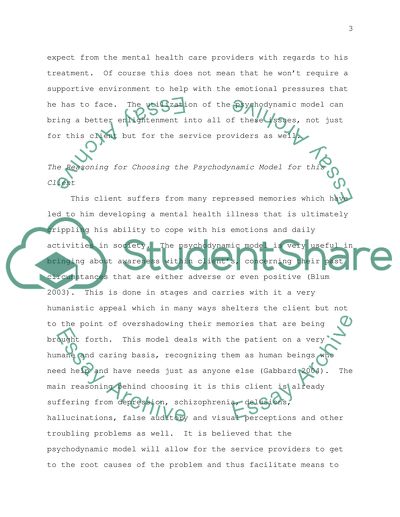Cite this document
(Conceptual Model in Mental Health Nursing Case Study Example | Topics and Well Written Essays - 1500 words, n.d.)
Conceptual Model in Mental Health Nursing Case Study Example | Topics and Well Written Essays - 1500 words. https://studentshare.org/nursing/1532771-conceptual-model-in-mental-health-nursing
Conceptual Model in Mental Health Nursing Case Study Example | Topics and Well Written Essays - 1500 words. https://studentshare.org/nursing/1532771-conceptual-model-in-mental-health-nursing
(Conceptual Model in Mental Health Nursing Case Study Example | Topics and Well Written Essays - 1500 Words)
Conceptual Model in Mental Health Nursing Case Study Example | Topics and Well Written Essays - 1500 Words. https://studentshare.org/nursing/1532771-conceptual-model-in-mental-health-nursing.
Conceptual Model in Mental Health Nursing Case Study Example | Topics and Well Written Essays - 1500 Words. https://studentshare.org/nursing/1532771-conceptual-model-in-mental-health-nursing.
“Conceptual Model in Mental Health Nursing Case Study Example | Topics and Well Written Essays - 1500 Words”. https://studentshare.org/nursing/1532771-conceptual-model-in-mental-health-nursing.


